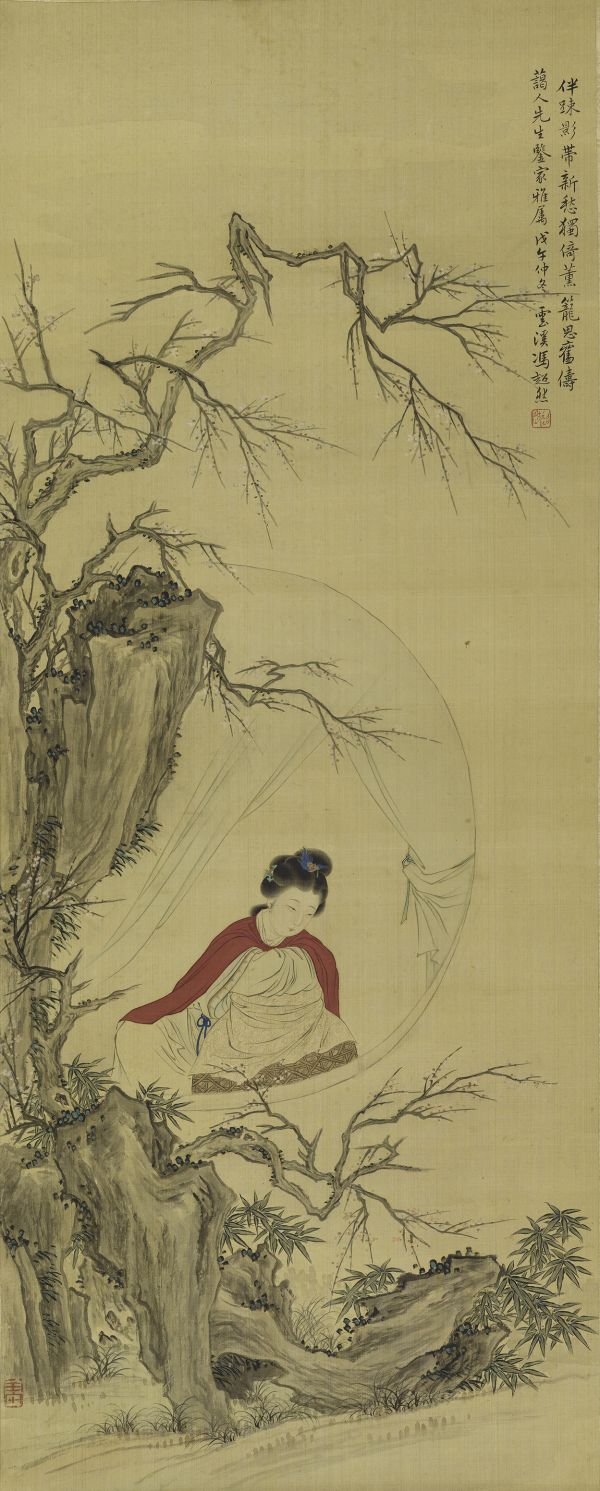How should the private economies of Shanghai, Zhejiang, Jiangsu and Anhui strengthen division of labor and collaboration?
The Yangtze River Delta region is a region where my country's private enterprises are concentrated, and the private economy is relatively developed. After years of development, the three provinces and one city in the Yangtze River Delta have formed a private economic model with provincial and municipal regional characteristics, and have initially formed a private economic production system with each having comparative and competitive advantages.
Private enterprises in Shanghai make full use of the resources of the international metropolis, rely on transportation location advantages and information highland advantages, and rely on human resources and information resources to actively develop technology-based, urban, headquarters-based, and export-oriented industries, not only providing industries for large and medium-sized state-owned enterprises chain supporting facilities, and is also an important partner for foreign-funded enterprises in Shanghai.
With relatively abundant talents, information and R&D conditions, Shanghai's "professional, precise, special and new" technology-based private enterprises have developed rapidly. In particular, rapid development has occurred in the fields of electronic information, biomedicine, new energy and high-efficiency energy conservation, new materials, environmental protection and comprehensive utilization of resources, injecting vitality into Shanghai's economic development and promoting the transformation and upgrading of the industrial structure.
There are also many private enterprises that are focusing on both domestic and foreign markets and resources. Through mergers and acquisitions and strategic alliances, they have acquired foreign brands and sales channels. They have taken advantage of Shanghai's location advantages to develop headquarters-based and management-based industries and optimize their survival and development space. . In the process of cooperating with foreign direct investment, multinational companies, foreign capital and foreign enterprises from home, Shanghai private enterprises have improved their degree of internationalization and export-orientedness.
The development of private enterprises in Zhejiang began with reform and opening up, and their development foundation is relatively solid. At present, Zhejiang's private enterprises are at the forefront of the country in terms of revenue and quantity, and are undergoing a substantial transformation from "quantity accumulation type" to "scale quality type". Among them, with the rapid development of the Internet economy, private enterprises have made a significant shift towards the service industry, especially the modern service industry.
Under the new situation, Zhejiang's private economy is moving towards scale and groupization, is in the process of transformation, optimization and upgrading, and is in the process of secondary entrepreneurship and diversified operations. Many private enterprises above designated size continue to expand and extend the industrial chain, using digitalization and the Internet economy as the starting point to strengthen the integrated development of manufacturing and service industries. They have the characteristics of a double cycle of production and supply to meet domestic demand and the development of export processing for external demand.
Since the reform and opening up, private enterprises in Jiangsu have gone through several stages such as external force drive, stock restructuring and incremental participation, and have gradually evolved from decentralized and extensive operations to large-scale, intensive and clustered development. Their scale has continued to grow and their strength has rapidly increased. Taking the shipbuilding industry as an example, the province's private shipbuilding industrial enterprises rank first in the country in terms of total industrial output value, sales output value and export delivery value.
At the same time, Jiangsu private enterprises, based on new industrialization, continue to increase investment in R&D in the manufacturing industry, continue to increase the intensity of independent innovation, and produce a large number of international and national well-known brands and well-known trademarks. Southern Jiangsu has also formed a block economy similar to Zhejiang. The number of imports and exports of private enterprises continues to grow, and the export industry is mainly concentrated in the fields of optics, electronics, communication equipment and semiconductors.
In recent years, Anhui's private economy has developed rapidly, showing latecomer advantages such as rapid growth and expansion of market entities, rapid expansion of total volume, and accelerated transformation and upgrading. It is concentrated in agriculture, accommodation and catering, wholesale and retail, real estate, construction, transportation, and home appliance production. industry, and has developed rapidly in the fields of new generation information technology, new energy vehicles and intelligent connected vehicles, new energy, energy conservation and environmental protection, artificial intelligence and other fields. A large number of private high-tech enterprises with independent intellectual property rights and leading technical levels have emerged.
Generally speaking, under the influence of the market economic mechanism, the private economy in the Yangtze River Delta has initially formed a division of labor and collaboration based on factor endowments and comparative advantages.
Shanghai private enterprises have the characteristics of technology, urban, headquarters, and export-oriented; Zhejiang private enterprises have the characteristics of scale, diversification, service industry, and digitalization; Jiangsu private enterprises have the characteristics of clustering, new industrialization, and strong independent innovation capabilities. ; Anhui private enterprises have the characteristics of rapid development, high activity, broad market prospects, and obvious latecomer advantages.
In the next step, technology-based, urban-based, headquarters-based, and export-oriented private enterprises will be relatively concentrated in Shanghai, the first city in the Yangtze River Delta, which will help optimize the allocation of factors and improve the efficiency of regional resource utilization.
Zhejiang continues to leverage its strong private economic foundation and its strengths in industrial diversification, service industry, and digitalization, which will help enhance the economic vitality of the Yangtze River Delta and promote the transformation and upgrading of the Yangtze River Delta industry.
By improving their scientific and technological innovation capabilities and following the path of industrial clustering and new industrialization, Jiangsu private enterprises can provide a solid industrialization foundation for the economic development of the Yangtze River Delta and improve the efficiency of innovative resource utilization.
Anhui's private enterprises are developing rapidly and are highly active, which can provide a relatively broad space for subsequent development.
In short, the private economies of the three provinces and one Yangtze River Delta have strengthened interaction and exchanges based on industrial characteristics, factor endowments and comparative advantages, further formed a division of labor and collaborative relationships, unswervingly followed the road of openness, pooled the power of cooperation, gathered the momentum of innovation, and cultivated common interests. The result will be conducive to forming a relatively complete regional industrial chain and building overall advantages in economic development.





